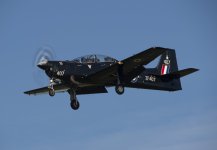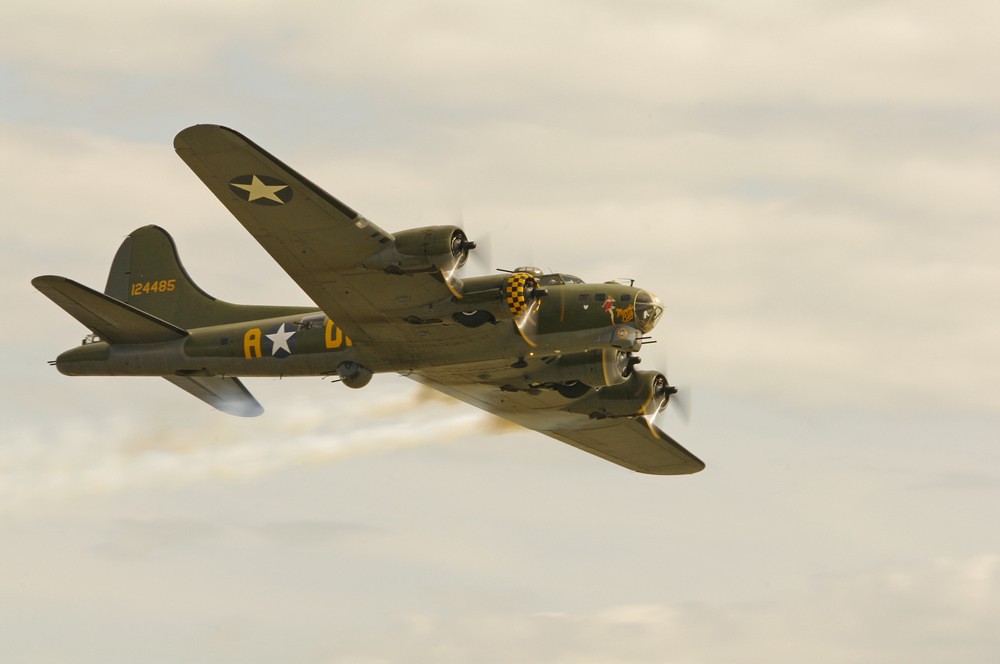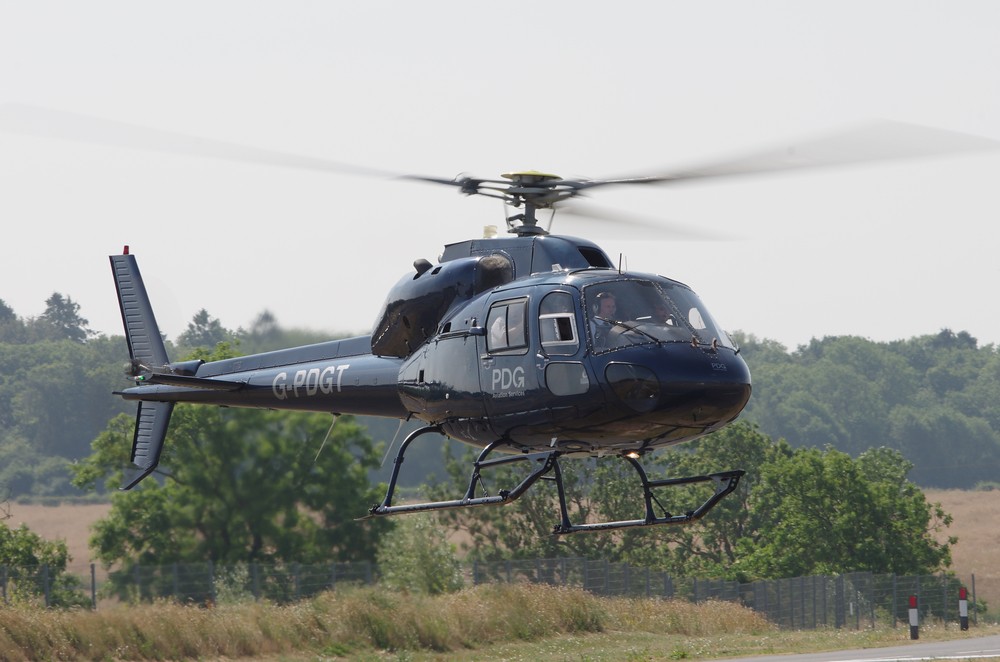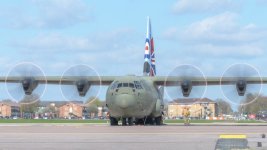- Messages
- 1,835
- Name
- dave
- Edit My Images
- Yes
i was just looking at some of the excellent shots of RIAT and southport airshow on the forum and though its not something ive ever thought or been interested about shooting before it certainly got me thinking for the future ...i get that for jets a nice fast shutter speed is acceptable but for propped aircraft a slower speed is preferred so you get some prop blur..so i take it im better off using shutter priority and use servo AF...what kind of shutter speeds should i be aiming for that give me a blurred propeller but a sharp plane, does it depend on the speed of the plane






